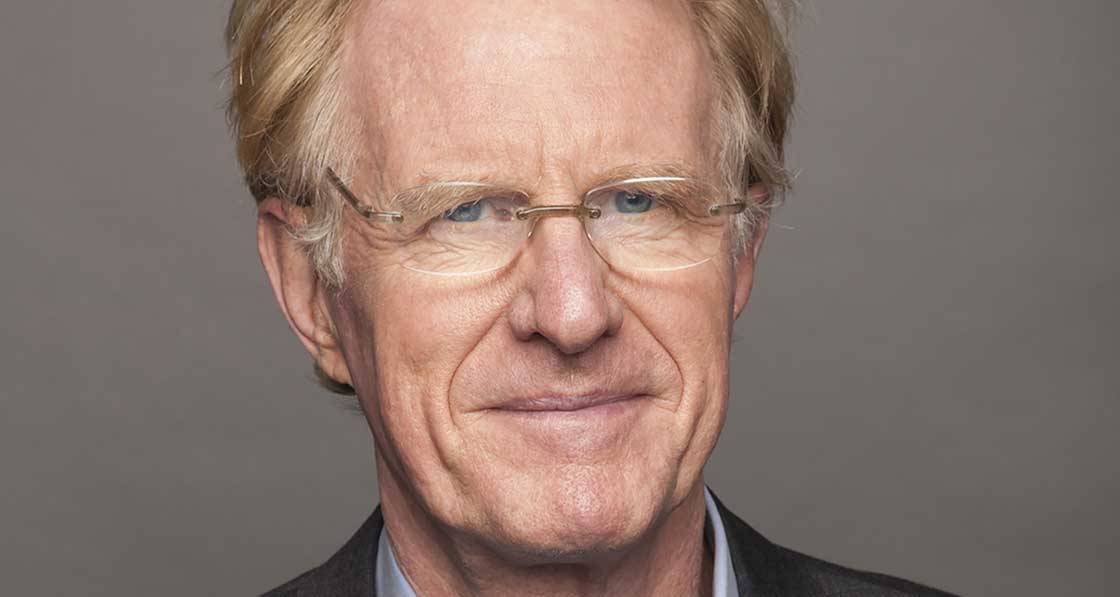
- Feature
- Posted
Hollywood star on 50 years of eco activism
Actor Ed Begley Junior is one of America’s best-known and longest-standing environmental activists. Fresh from lighting up our screens in the final season of Better Call Saul, Begley spoke to Passive House Plus about the roots of his activism, and what drives him on in the face of such adversity.
Ed Begley Junior’s environmental roots are inextricably linked to his past – including his lived experience as a young man growing up in Los Angeles, and the inherited traits of his Irish forebears. LA at the time was choking so badly on smog from the city’s slavish devotion to the internal combustion engine that it earned the nickname Smell-A.
“I grew up in smoggy LA. And that pollution was horrible, it just seared my lungs every day,” he told Passive House Plus, speaking from his LEED Platinum certified eco house in LA’s Studio City district.
For Begley, the palpable sense of wrongness in having to breathe in poisoned air struck a nerve. This outrage, combines with ways of living passed down from his Irish grandparents awoke something in the young actor.
His grandfather and grandmother hailed from the Kerry towns of Killorglin and Killarney respectively, hardwired with the profound sense of frugality and resourcefulness that typified the generations who came up before the advent of cheap energy and the rise of throwaway consumerism.
“It all came from my Irish grandparents, it really did,” Begley says. Having taken the boat to America in the late 1890s, the couple settled in Hartford, Connecticut, where his grandfather, a hod carrier, plied his trade. Begley’s father, Ed Begley Senior took a different path, rising to become a celebrated, Oscar-winning character actor, with film credits that include 12 Angry Men.
But Begley Sr never lost his Irish parents’ thriftiness, and he passed it onto his son. “I always just revered that part of my past, that frugality,” he says. “My dad was a great influence on me, he was. We would save string and tin foil and turn off the lights and turn off the water. We were never wasteful. I got all that from my dad.”
A longstanding vegan and animal rights activist, Begley’s Irish ancestors’ resourcefulness and connection to the environment may have manifested itself more violently.
“There's a book somebody sent me called Kerry man,” he says. “Apparently, there's some Kerry people related to me who were quite brave. They would swim into the chilly waters of the Atlantic with somebody in a boat nearby with a rope around them so they didn't drift away, and they would club a seal, and get some seal meat or seal oil for lamps.” Unperturbed by tales of the gregariousness of his ancestors’ proto-environmentalism, Begley, who first visited Ireland with his father in 1966, has notions of returning.
“I'd like to get back again while I'm still alive,” he says. I tell him it’s preferable to make the trip when you’re alive. “It’s much better, that I’m told,” he says.
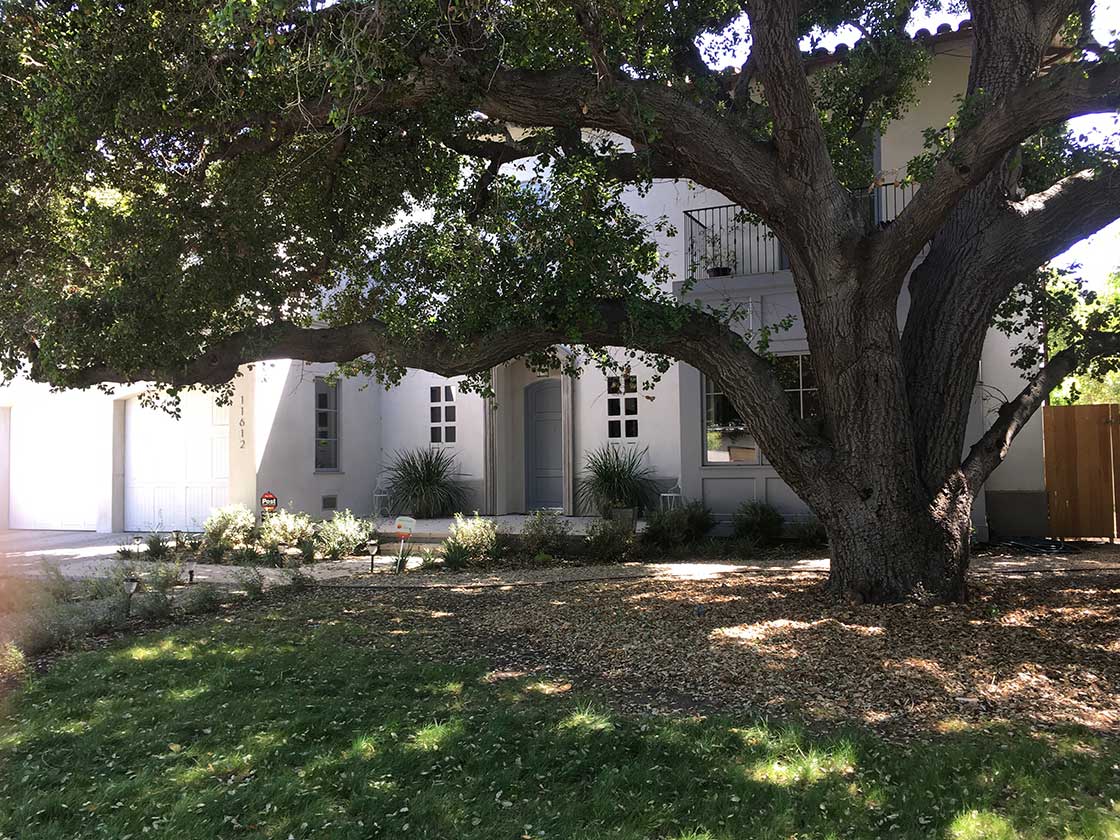
This article was originally published in issue 42 of Passive House Plus magazine. Want immediate access to all back issues and exclusive extra content? Click here to subscribe for as little as €15, or click here to receive the next issue free of charge
With a nascent environmental movement beginning to gestate in the 1960s, Begley was smack bang in the middle of an event that many people regard to be the birth of the green movement: the first Earth Day, in April 1970. Hearing talk of air and water pollution that chimed with his own experience he had an environmental epiphany. But less than a week later, personal tragedy struck. Begley’s father suffered a heart attack and died suddenly and unexpectedly.
Heartbroken though Begley must have been – he still talks fondly of his “wonderful dad” – Begley nonetheless threw himself into his budding environmentalism, in spite of his life being upended by the tragedy.
With his limited funds, he even bought an early electric vehicle – a $950 Taylor-Dunn which Begley describes as a “golf cart with a windshield wiper and horn,” and a top speed of 32 km/h. He quickly retired it for a vehicle with more horsepower: a bicycle.
“I wanted solar panels on my house and a nice electric car that had some range to it. And those things were very much unavailable to me. After my dad passed in 1970, I was a broke, struggling actor,” he says. “So, I got to do just what I could afford, you know – recycling, composting, vinegar and water instead of harsh cleansers, baking soda instead of [American household cleaning product] Comet. All the stuff that I could do that was very cheap, I did.”
Years later, having saved money as a consequence of “picking the low hanging fruit”, Begley invested in making the first home he owned energy efficient.
In 1982 Begley landed the role that made him famous, playing Dr Victor Ehrlich in ground-breaking medical drama St Elsewhere, for which he received six consecutive Emmy nominations and a Golden Globe nomination. With his newfound success he bought a house and started investing more meaningfully in energy efficiency and renewables – which at the time came with a real cost premium.
“15 years after I got involved in 1970, I could finally afford solar,” he says. “Not solar electric. That was still out of range for me pricewise and it was hard to get good solar electric panels, but I got solar hot water in ‘85. And I bought a wind turbine in ‘85 as part of a wind farm investment. And all that stuff worked and saved me money.”
Buoyed by the savings his decisions were delivering, Begley kept going, investing in a range of green measures in his 147 m2 home – a veritable micro house by American standards, let alone for someone in show business. This included tried-and-tested energy and water saving measures ranging from insulation, to solar to the – shall we say – experimental: a pedal-powered toaster.
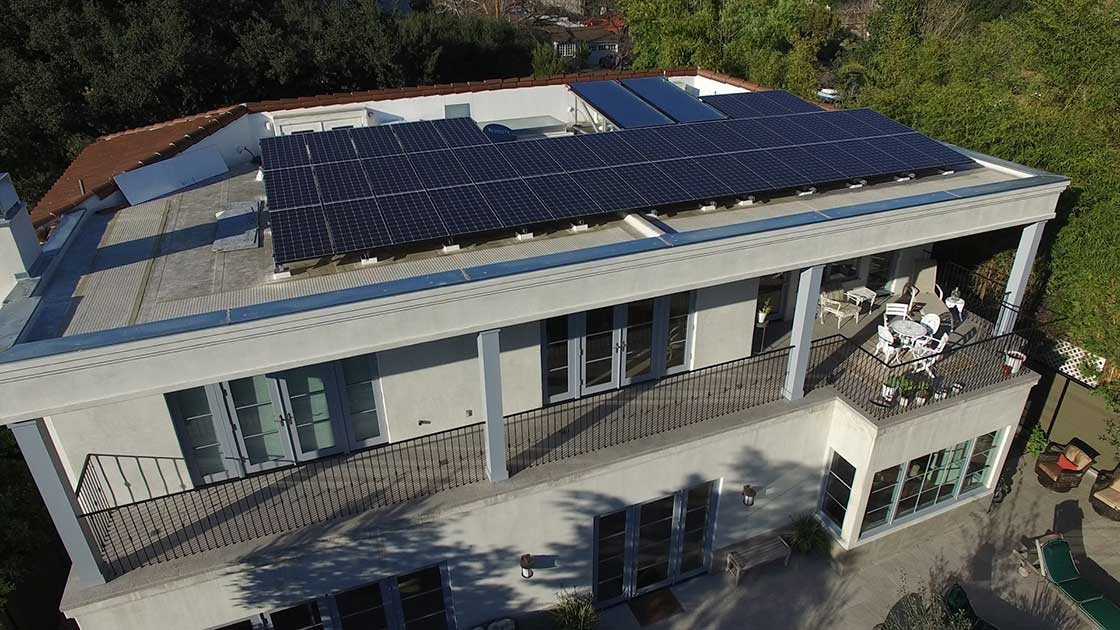
“A lot of people want to do something. You’ve got to give them choices that resonate with them.”
In 2000 Begley married Rachelle Carson, and the couple starred in a green living reality-TV show Living with Ed from 2007 to 2010, which pitted Ed’s efforts to minimise the family’s environmental impacts against Carson’s more regular folk-friendly views, in a case that was less good cop/bad cop, more eco-fundamentalist cop/bemused long suffering cop.
Over time, with the success of the show and Begley continuing to land work in high profile, Hollywood fare – ranging from Christopher Guest’s mockumentaries to Six Feet Under, Arrested Development, Pineapple Express and countless others – Carson convinced Begley that a bigger house with more storage and more than one bathroom to share with their then teenage daughter was in order. “I always lived in smaller and very energy efficient houses and, and that's what I thought I was going to have the rest of my life,” he says. “But I had some success later in life with this reality show with my wife, and many other acting jobs. I went, let's go booyah. Let's go all the way and build not just you know, LEED silver or gold, but LEED Platinum, which is the highest MPG, if you will, for your home – the highest efficiency.”
As many Passive House Plus readers will be aware, LEED – short for Leadership in Energy and Environmental Design – is a voluntary rating system developed by the US Green Building Council to certify sustainable buildings and developments. Projects are assessed under a range of indicators, covering carbon dioxide, energy, water, waste, transportation, materials, health, and indoor environmental quality, with credits available for a wide range of measures. To achieve a platinum rating, projects must score at least 80 out of 100.
“What I like about the LEED points system [is that] they look at everything. Are you getting marble from Italy? You know, how far is that stone coming from? Are you making a lot of trash when you build the job site building this home? Everything that you do big and small is factored into the point system. You get to say your home is green or not green. And I liked that, that they look at everything over the lifecycle of it.” One thing it is missing is an embodied carbon score, as these calculations were very rare at the time, in particular for dwellings. Given the progress now being made in this area Begley is open to the idea of appraising the building in these terms.
For Begley, the choice between conventional construction and a standard which strives to produce a healthy, low running cost, eco-friendly home should be a no-brainer – but it’s a no-brainer that many people still manage to miss.
“For so long we had it wrong here in the States, and I know, others got it wrong elsewhere. We would look at a building and ask: what's the cost of that building? We'd look at labour and materials, and it's highly inaccurate to look at it that way. What is the cost of running that building? That's another big cost over its long life. If you build it, right, as I have with my LEED Platinum home that I'm sitting in, right now, the cost of running it is very low. It's just simply the future. It's not just the future, it's today, what we must do, because otherwise you just keep trying to heat and cool these energy inefficient buildings and we'll go broke trying to do it.”
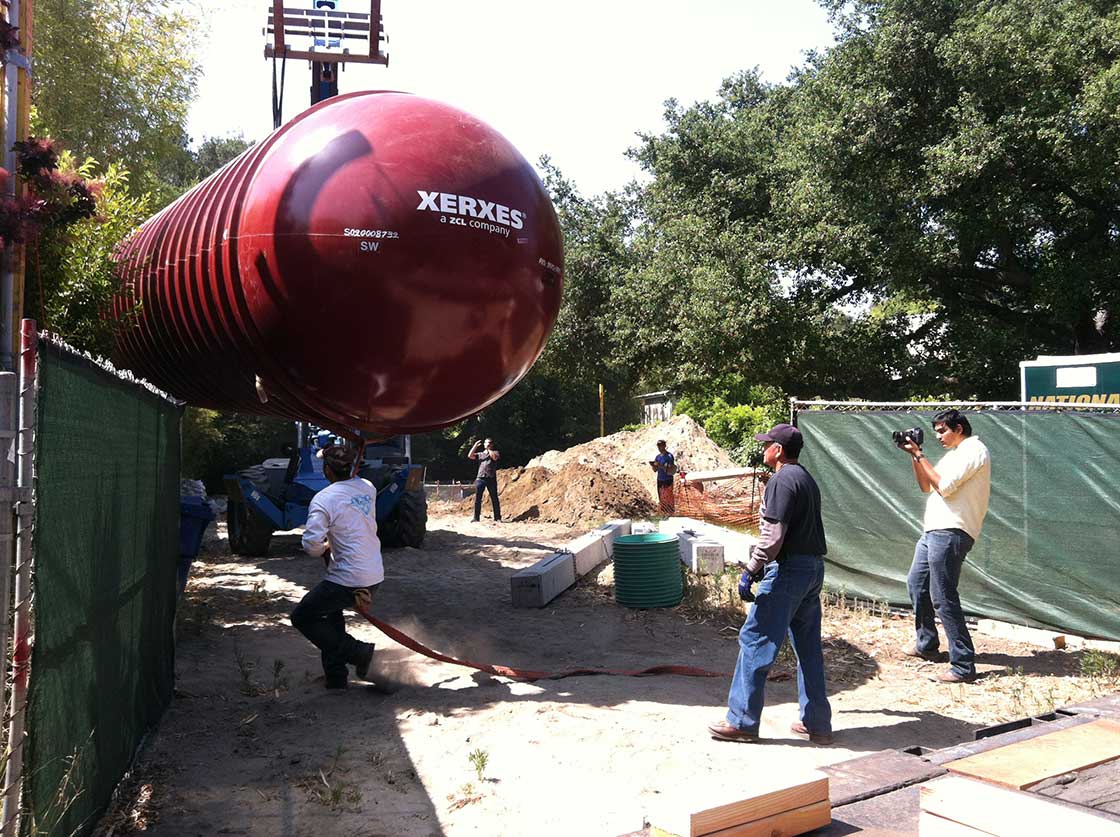
In 1970 Begley bought an early electric vehicle which he describes as a “golf cart with a windshield wiper and horn."
The passive solar designed house comes with twelve-inch-thick walls to maximise insulation, with a steel frame superstructure.
“I know there's a tremendous amount of energy used to make steel, I get that,” says Begley. “But most steel is post-consumer recycled, ” he says. “What used to be a car is now a frying pan, what used to be a frying pan is now a car – you know that metal is just too valuable to waste. That's why you have those giant magnets, picking up cars in a junkyard and recycling that steel. It's less energy to mine it in the junkyard than it is to mine it in a mountain and make that ore into new steel.”
As one of America’s most high profile environmentalists for over half a century, Begley has been remarkably persistent in his efforts to win hearts and minds around to arguments that go against the national hegemony, and the largely unchallenged belief that bigger is better, that unmitigated growth is a good thing. Given how out of sync – how almost un-American – these ideas are, how has he managed to keep the fire lit, for want of a more climate-friendly analogy?
“I was much better at making the argument years ago when I was single, and now I'm not sure I win the argument in my own home all the time,” he says. “This home is a perfect example. It's a fine home – LEED Platinum, very low energy use, nine kilowatts of solar, a 10,000-gallon rainwater tank, grey water system, heavy efficiencies, and every matter you could, you could think of, but you know, it's bigger than I wanted. My wife wanted some bigger spaces, closet space, or what have you. And if you're going to be married, you’ve got to make concessions and can't just do it my way the way I used to. People want a certain amount of comfort, and I've become more sensitive to that.”
Begley points out that – though the new house comes in at almost 4,000 sq ft – over twice the size of his old house – the running costs are lower. “The electric bill is lower, the water bill is lower, the natural gas such as we use, it's pretty low. So, you know, you’ve got to balance and keep everybody happy. I've always been comfortable in a very small place, because that's what I grew up in. My dad raised me in a 1,700 sq ft house, which is huge by world standard: 1,700 sq ft for just three people? Oh my god, what are we gonna do with all that space? But for most people in America, that's a very small house. But I was very comfortable with that the first 67 years of my life and thought that's the way I was going to be carried out in a gurney.”
Curiously, Begley reckons that moving to a larger house may actually help encourage reduced house sizes for at least one demographic: his well-heeled friends. “We've got a lot of our high-profile friends to look at our place to go ‘Wow! I can live in a house as small as Ed’s.’ To them, my house is very small, at 4,000 sq ft. To them, that's like a shack. So, it's all in the eye of the beholder.”
At times the tendency for many environmentalists, horrified at the unfolding climate collapse, decimation of the natural world, and increasing disparity between the haves and have-nots, is to level righteous indignation at profligate public figures, and perhaps for a simple reason. Gallingly extravagant forms of recklessness like Kylie Jenner’s 17-minute private jet flights are a much easier target, than the rapacious corporate interests who have actively worked for decades to stymie regulation and create confusion.
Begley’s show business friends may not quite meet such levels of disconnected decadence, but pontificating and pointing fingers isn’t his style. “I just refuse to judge my friends by their homes and their cars. I wouldn't have any friends. I encourage people. I do what I do. And you want to join me? Here's what I did. Give it a try. I try to be very inclusive. I think that's the best way to go. You get more people to join you if you're not always being divisive and trying to make people feel guilty. I think a lot of people want to do something, you’ve just got to give them some choices that resonate with them.”
And Begley is not alone among his peers. One of Begley’s friends, Bryan Cranston – who appeared alongside Begley in the final series of Better Call Saul, reprising his Breaking Bad role – built a 2,500 sq ft LEED Platinum beach house in the nearby coastal town of Ventura, designed to passive house principles. “Very modest home, beautiful place,” says Begley.
While Begley and Carson’s home is bigger, the activist in him has found other uses to justify the extra space. “One thing we do to mitigate that size, we're always having environmental board meetings here and different seminars and things,” he says. “We're using it not just as a home, but a space to gather and meet and plan, you know, for environmental groups that I'm part of. So, the space is used wisely in other ways besides us living here.”
If ever there was a need for such activism, it’s now. Passive House Plus interviewed Begley just after the US Supreme Court had made a number of rulings which threaten to take America back to the dark ages, be it with regard to healthcare, women’s reproductive rights, or the ability of the Environmental Protection Agency to live up to its name, by limiting its power to compel states to cut emissions, a decision which Begley describes as “shocking. I don’t know where we're headed in America but were on the wrong trajectory. And hopefully, we can get it back to magnetic north here. But we've gone mad in so many ways here recently. I'm not sure what's next.” But Begley is at heart an optimist, albeit an optimist staring into the void. A momentary lapse in the face of such inexplicable malevolence aside, he quickly comes up with an antidote to this despair: a plan of action. Rejecting the trope that all we can do is take personal responsibility in an act of futility akin to attempting to bail out the Titanic with a thimble, Begley puts forward an approach for meaningful progress based on three pillars. “One is personal responsibility. Doing all the stuff that I'm known for – electric cars, solar panels, all that. Wonderful. The other two are equally important and they must be similar strength and size. That is corporate responsibility. And good legislation [and] government.” Begley thinks back to his youth in the choked air of LA. “If you don't have all three we wouldn't have cleaner air in LA, which we do have now from the first earth day in 1970,” he says. “Because people did personal responsibility stuff like me. There were good laws. The Clean Air Act signed by an environmental radical by the name of Richard Nixon – he signed the damn thing. And then corporate responsibility, getting corporations to agree to these things and do things right. You have to have all three. It's not all on us the way some people were trying to frame it.”
There’s a famous quote from Alfred Hitchcock. “I deny that I have ever said actors are cattle. What I said was: ‘Actors should be treated like cattle.’” We can only speculate what Hitchcock would have made of an actor like Begley, who is anything but bovine in how he uses the platform that his fame has given him. For Begley’s part, while he tries to tread carefully, the compulsion to move between acting and activism is too great. “A certain responsibility goes with this when you are given the megaphone or the microphone to talk about weighty matters,” he says. “You don't want to cry ‘fire’ in a crowded theatre. But if I’m supposed to go out and do a song and dance and the fire marshal, taps me on the shoulder and says ‘there’s a fire smouldering in the basement, make sure we evacuate row by row,’ am I supposed to just go and do a song and dance after hearing that? Absolutely not.” Begley has no time for the naysayers. “The people [who say] ‘We don’t want to hear about your environmental bullshit, leave me alone. You're an actor. Shut up and do your job.’ Not good enough. I've heard from the fire marshal. The fire marshal is the Union of Concerned Scientists, more than half the living Nobel laureates. All these great people with PhD after the name that have told us about climate change, and plastics in our ecosystem in the ocean, loss of coral reefs, amphibians dying off – all the stuff that we know about, we know about from the fire marshal. The people that know about such things that are scientists, so we have to promote that message and do it responsibly.”
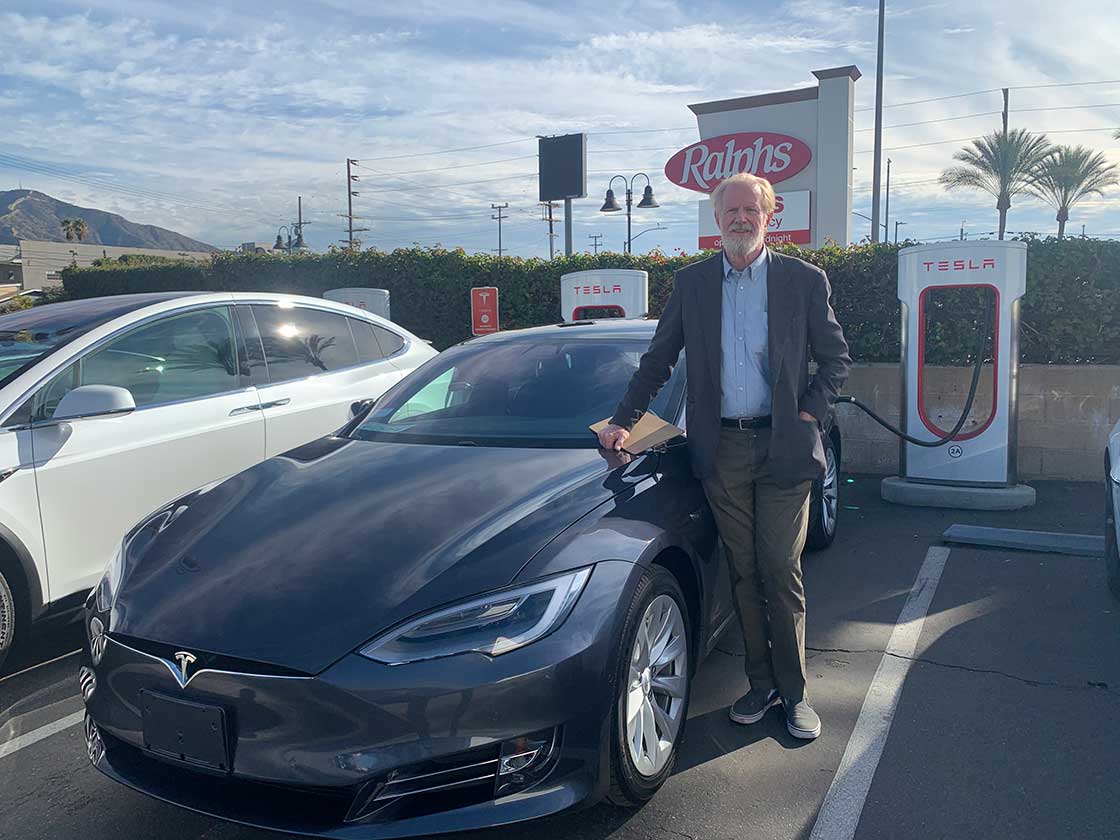
"I just refuse to judge my friends by their homes and their cars."
Long may he continue to get the message out there. It’s one thing for a public figure to speak out on an important issue. It’s another thing entirely when they do so with such inexhaustible persistence, with such intelligence and knowledge, and with such humility. On the first occasion Begley appeared on The Simpsons, playing himself, at a deforestation protest rally, Marge asks him if he’s going to join her in the protest bus. “I prefer a vehicle that doesn’t hurt Mother Earth,” he says. “It’s a go-cart powered by my own sense of self-satisfaction.”
He puts on a helmet wired to the car, and whirs off over the horizon. You could be forgiven for thinking a magazine whose standard fare is the technical minutiae of sustainable building in Ireland and the UK has no business interviewing American celebrities. But then Ed Begley Jr is not your average celebrity. His unfussiness, humility and willingness to really engage driven by a sense of purpose to help tackle crises of unprecedented scale and consequence, is inspiring. We live in a time of division, at an inflection point in our planet’s history. If we’re to have any chance of staving off disaster, it’ll be through following the examples of people like Ed Begley Junior.




